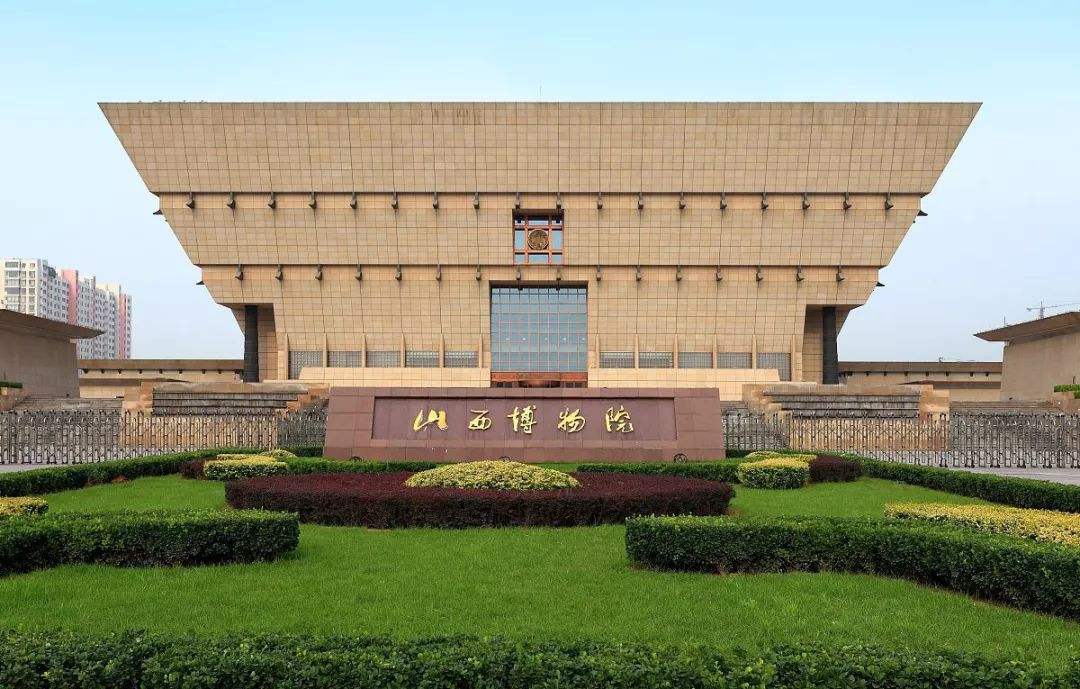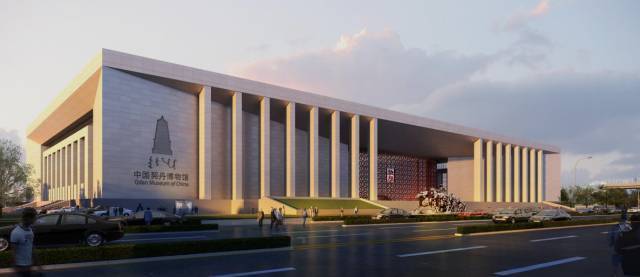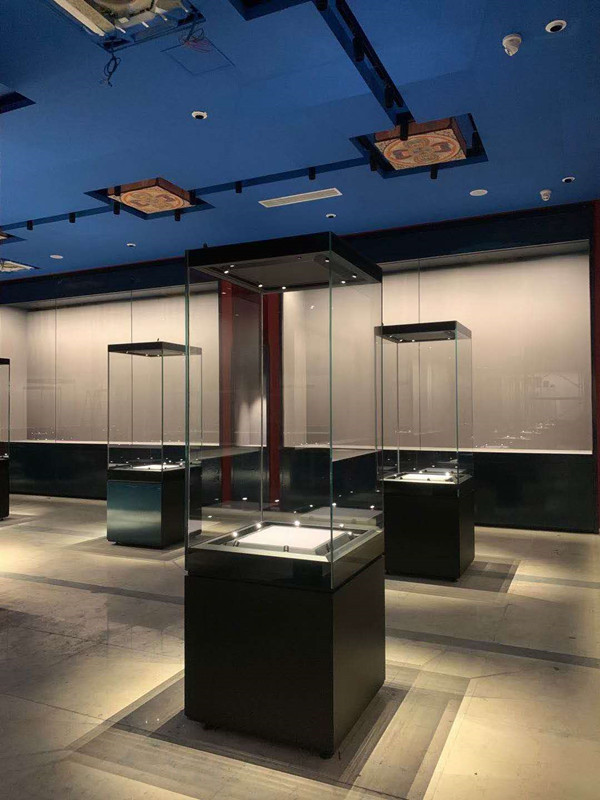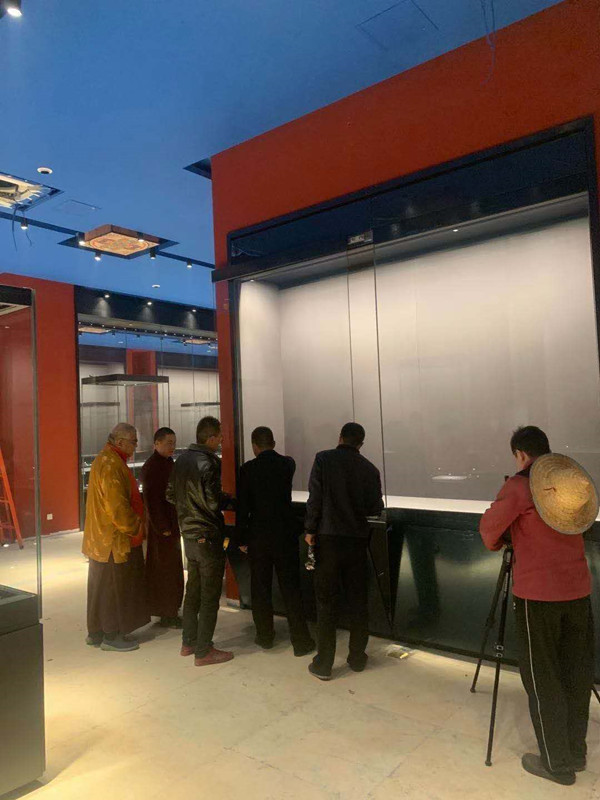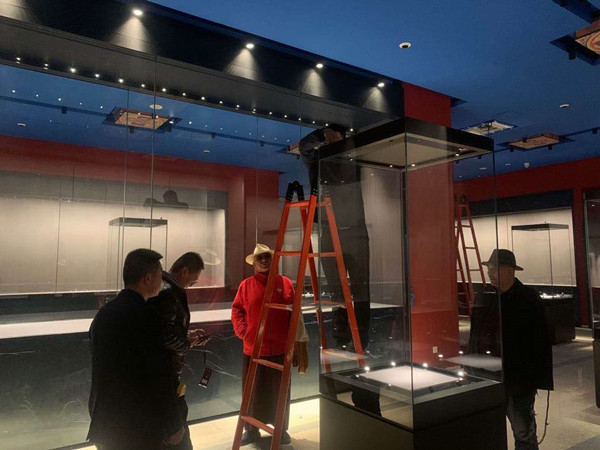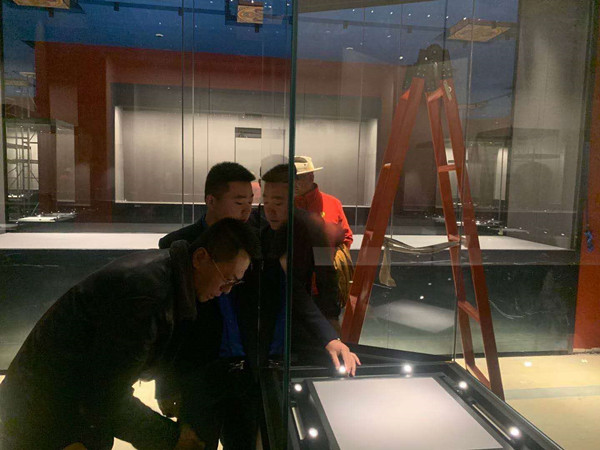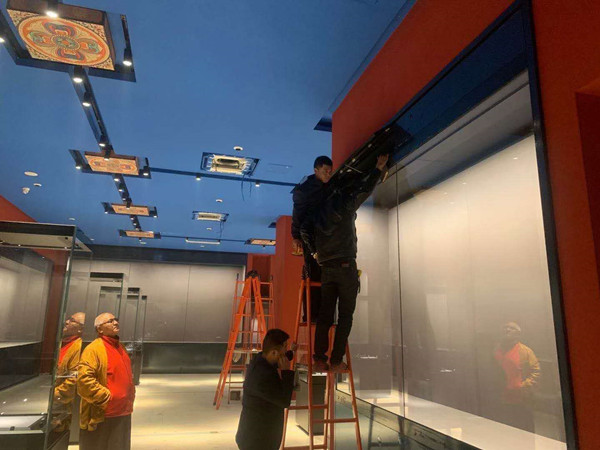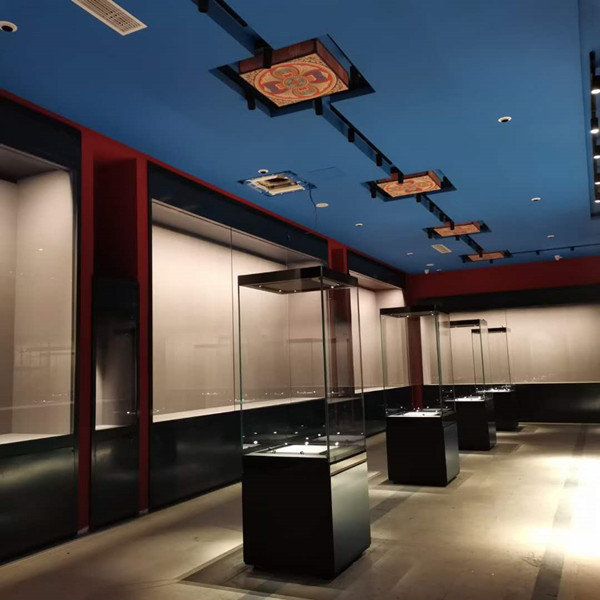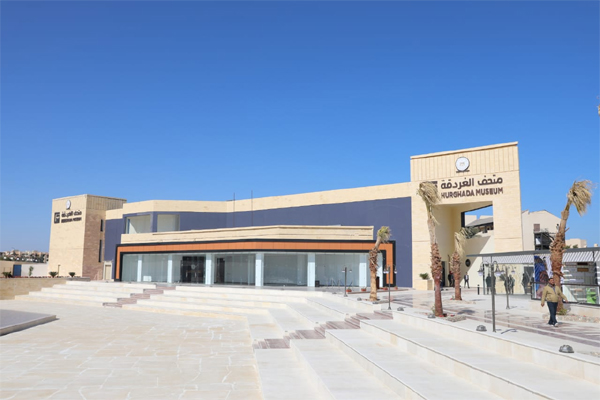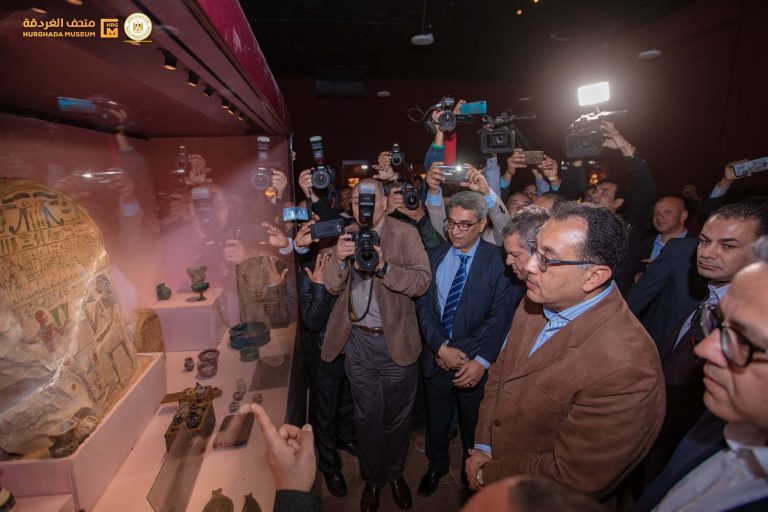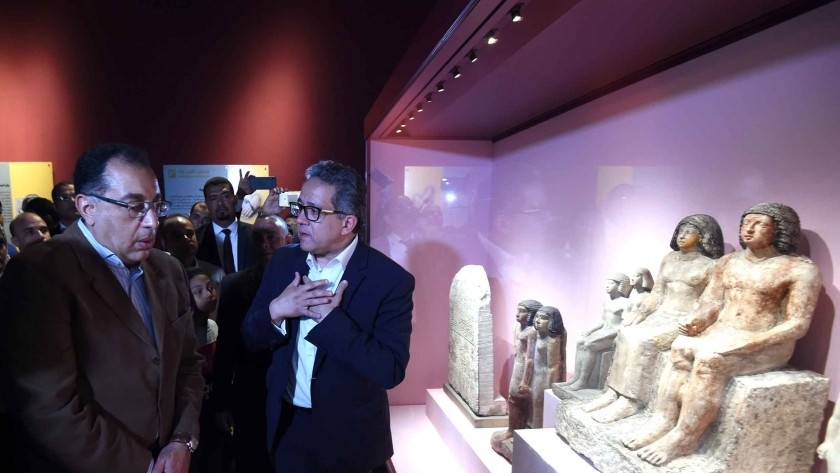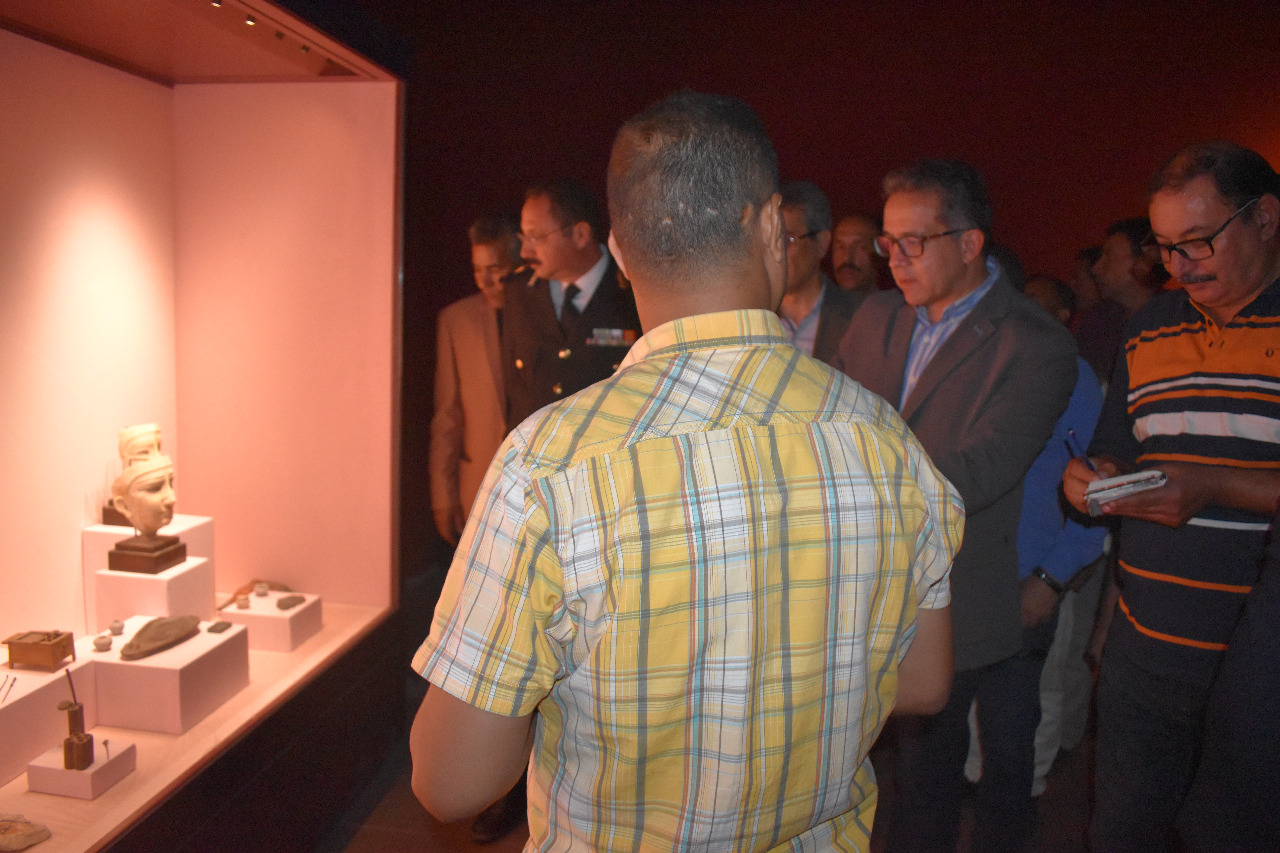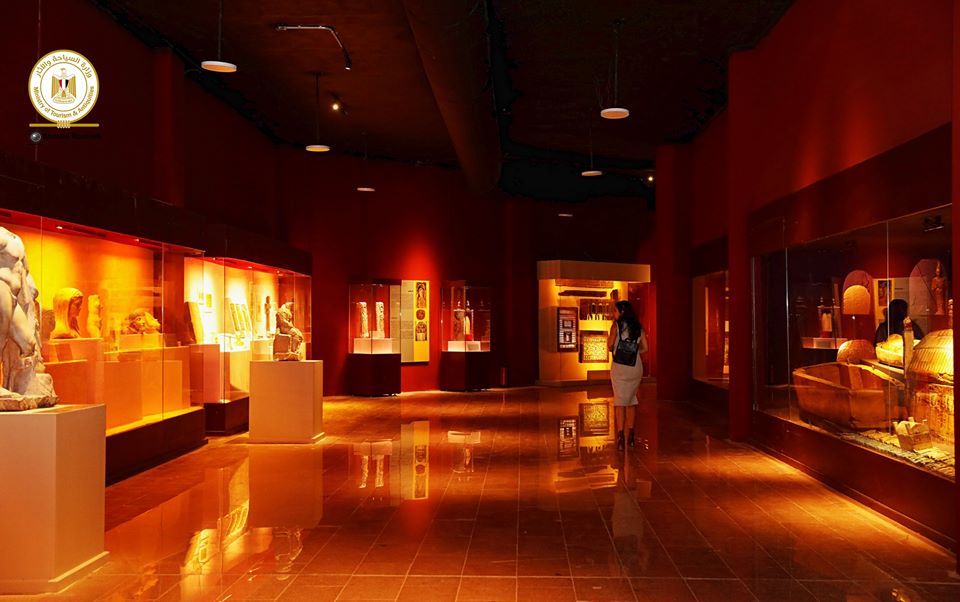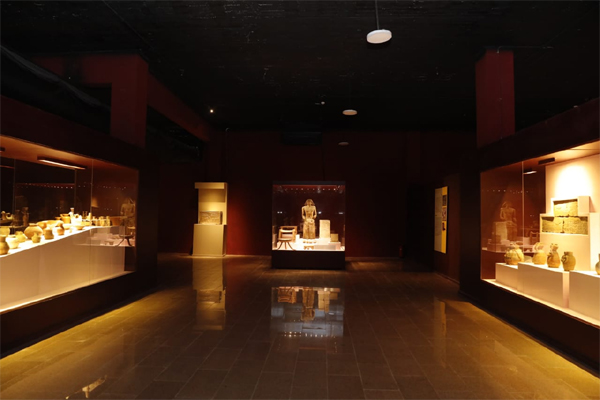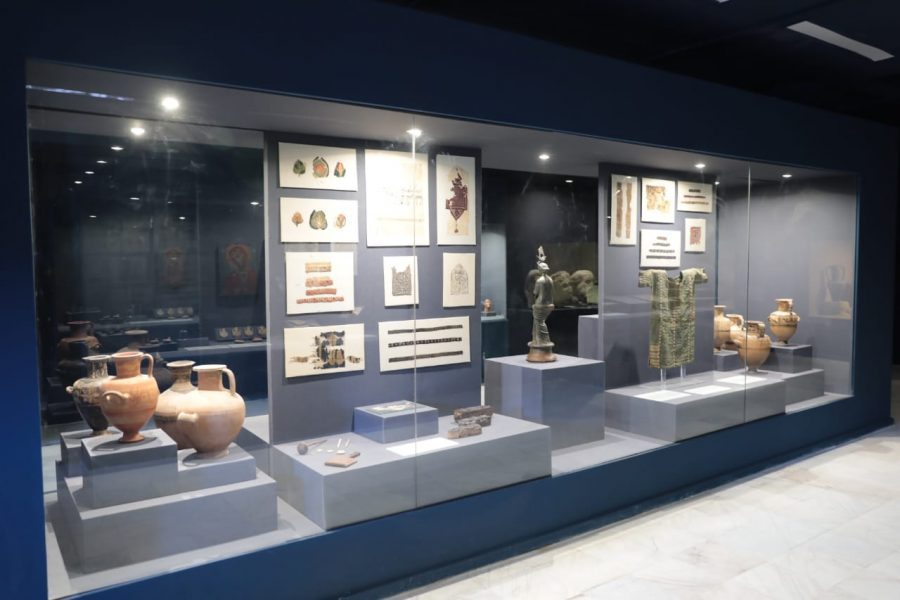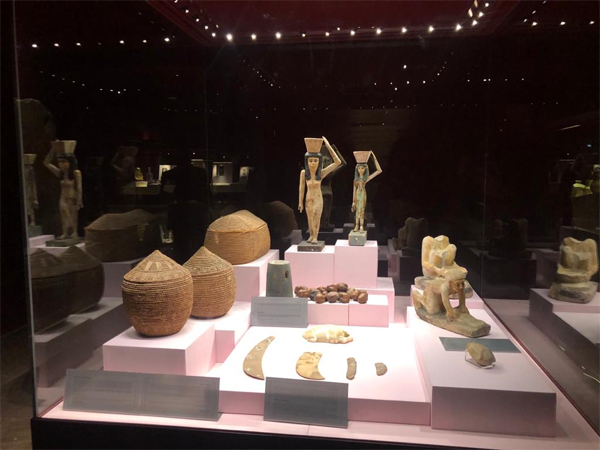WANGDA SHOWCASES currently won the museum display case tender themed “Soul of Jin State” for Shanxi Museum. The new project aims to update and renovate existing display system and WANGDA SHOWCASES will customize international first-class high-end museum showcases for this project by integrating the latest design concept and cutting-edge showcase technologies.
The building complex of Shanxi Museum is composed of the main hall and the four corner auxiliary buildings. The shape of the main hall is like a bucket and a tripod, with four wings spreading out, symbolizing a good harvest, prosperity, stability and auspiciousness. It also uses modern technology to interpret the ancients’ aesthetic orientation of architecture “like a bird’s leather, like a flying bird”. The four corner auxiliary buildings are the temporary exhibition hall, the multi-functional lecture hall, the cultural research building and the administration building. The entire building complex is like a mountain, ups and downs, and majestic. It has become an important cultural building in Taiyuan.
As the largest cultural relics collection, protection, research and exhibition center in Shanxi Province, Shanxi Museum gathers the essence of the province’s cultural relics, with a precious collection of about 200,000 pieces. Among them, the Neolithic Taosi site cultural relics, the Shang Dynasty Fang Guo cultural relics, the Jin and Sanjin cultural relics during the Fortnight Period, the Northern Dynasty cultural relics, stone sculptures, Shanxi local ceramics, Jin and Yuan opera cultural relics, Ming and Qing Jin merchant cultural relics are quite distinctive. In addition, the library of our college covers an area of more than 1,000 square meters, with complete basic equipment and facilities, and a complete management system. The library has more than 160,000 books and more than 110,000 ancient books, including 888 letters and 5043 rare books. Recently, it was also named “National Key Protection Unit for Ancient Books” by the Library Office of the Department of Social Culture of the Ministry of Culture.
The basic display of Shanxi Museum is based on the theme of “Soul of Jin”. It is composed of “Cradle of Civilization”, “Traces of Xia Shang”, “Jin State Hegemony”, “National Melting Pot”, “Relics of Buddha Style”, “Hometown of Traditional Chinese Opera” and “Ming Dynasty”. It consists of 7 historical and cultural themes such as “Shangjin Merchants in the Qing Dynasty” and 5 artistic themes such as “Cimu Huazhang”, “Elites of Mountains and Rivers”, “Han Mo Danqing”, “Around the World” and “Porcelain Garden Art”. It firmly grasps the key display of “highlights” in the long river of history and culture in Shanxi, and breaks the traditional display mode, replaces history with objects, combines historical objects to form a distinctive and widely acclaimed display style.
